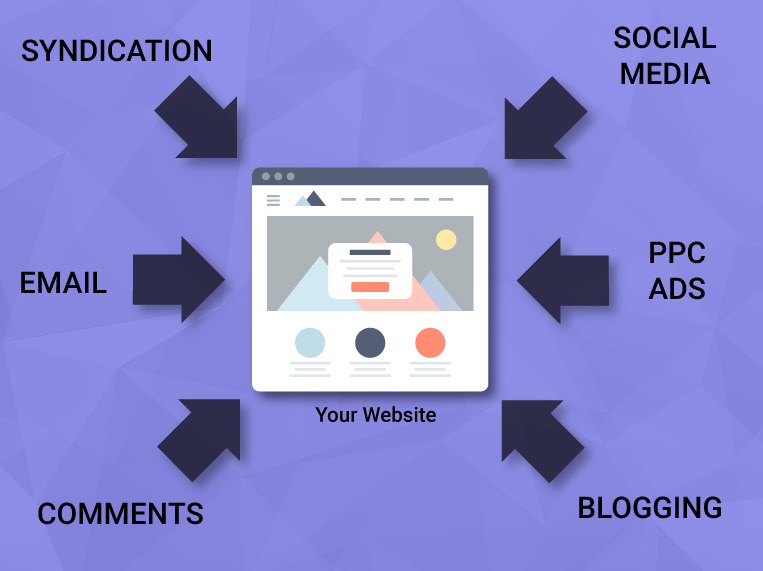
The Hub & Spoke Model – Laying the Foundation
As a real estate agent, you’re always looking for ways to increase the number of eyeballs and traffic to your website. I know this process can sometimes be slow and tedious with very little payoff in the early stages. In this series of blog posts, I’ll be taking a deep dive into the Hub & Spoke model; what it is exactly and how it’s relevant to real estate technology. Having this knowledge in your back pocket will better help you understand the world of web traffic and how to increase it.
Understanding to the Hub & Spoke Model
So what exactly is the Hub & Spoke model, you’re asking? Let’s look at it this way; your website is the center hub that houses everything. You’ve got your property search, blog content, video streams, virtual tours, listing information etc. – it’s the brains of your operation! Now you add the “spokes” that branch out from the brain or hub. The spokes reach out to everywhere else you have an online presence that help bring people in and drive them back to your main site. They play an important role in lead capture and development. Make sense now? I’ve added a helpful image below for those of you that are visual learners!

Establishing Your Hub
So where do you begin in the hub and spoke model? Well, it all starts with creating a solid foundation. It makes no sense to put out spokes or links back to a website that doesn’t offer anything of substance to consumers. Here are a few ways to make sure your hub is truly the best place for your clients to visit:
- Responsive Website: Clients are viewing your website across multiple platforms, so it’s imperative that you’re optimized for every device. If they’re unable to access your site while on the go, they’ll be on to another agent’s site.
- Property Search: This is the most important part of the site and the place your clients will visit the most. Just like your website itself, your property search needs to be responsive so clients can easily use it on the go.
- Personal Branding: Take time to establish a logo, brand colors, and a vision or mission statement. This will give your business a personality and differentiate yourself
- Testimonials: Nothing works better at building credibility amongst potential clients than testimonials. Clients value the insights and opinions of previous clients over anything else so don’t be afraid to share testimonials.
- Blog: Creating relevant content for your clients helps establish yourself as a though leader and at the same time improving your SEO value.
- Buyer/Seller pages: Clients have specific needs whether they’re a buyer or a seller. Make sure you have specific pages set aside for each type of client providing helpful tips, advice and resources.
- Bio & Contact Info: Clients need to be able to reach you at any time while they’re on your site. Make sure your contact info is readily available on every page of your site. Also, create a bio page for yourself, tell your personal story. This goes a long way towards establishing your brand and making a genuine connection with your clients.
With a well-established hub, you’re now ready to start setting your spokes. Remember, clients are looking for you to be a thought leader and expert in your market so make sure you’re providing them with the necessary information they need. Once you have a solid foundation, placing your spokes will be a lot easier.
In my next post, I’ll go into further detail about the spokes of the model and how you can effectively place them to drive traffic and potential leads to your business.

